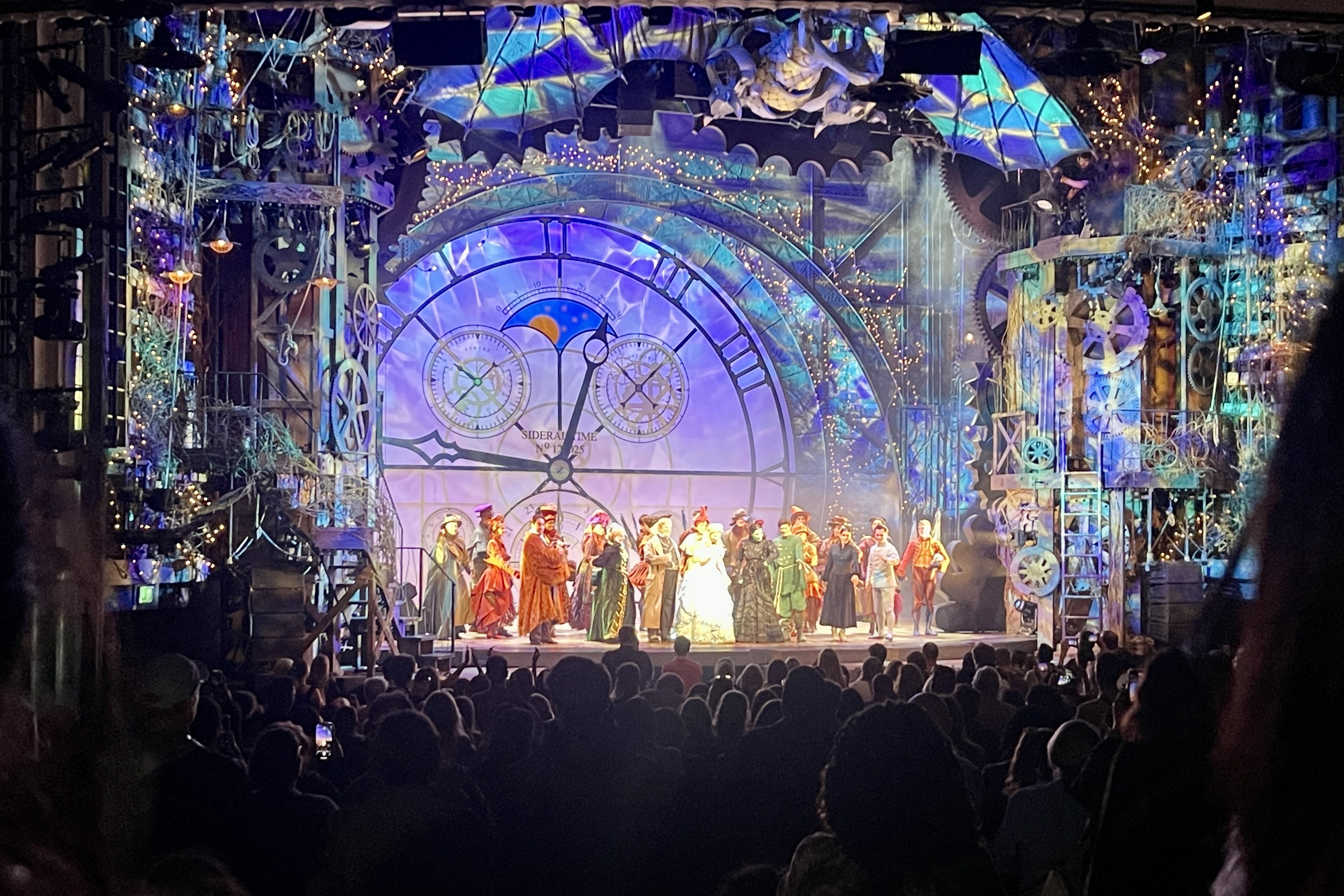Learning Beyond Borders
What happens when 22 students and a teacher explore medicine, culture, and history in the UK? Memories for a lifetime.

Watching Wicked, The Musical
Most summers pass by in a blur, and it can be easy to forget the days spent under the sun, but this summer was an exception. From July 14 to July 22, I traveled to Edinburgh and London with some of my schoolmates, with the purpose of learning about English and Scottish medical culture and history.
Once we arrived in Edinburgh, the day was spent roaming around the city, adjusting to our surroundings, and getting ready to explore the deep and narrow street network of Mary King’s Close. These streets were known for their cramped living conditions, where illness rapidly spread during the Great Plague of 1645. This was our introduction to the city’s medical heritage. Did you know that Edinburgh has a history of grave-robbing? Snatchers would sell them to anatomy schools, which was crucial in advancing medical knowledge.
Our last day in Edinburgh was spent in the treasure troves of history. We paid a visit to the National Museum of Scotland, home to an immersive collection of art, history, and science. In one of the exhibits, you can find a display of the first cloned sheep, named Dolly. We walked to the Surgeons’ Hall Museums, where anatomical artifacts were displayed along the walls. Dental tools from the 1600s were crafted from wood, if you can believe it.
After a short train ride to London, we set off on a long walk around the capital, passing by Buckingham Palace and Big Ben before crossing over the River Thames and riding on the London Eye. Once in the capsules, you’re provided with a wonderful 360 view of England; you can even have lunch and take some lovely photos too. Did you know that the London Eye was meant to stay up for only five years before becoming a permanent attraction? Its popularity with tourists granted it permanent residence in 2002.
The next morning commenced with a forensics workshop where we learned skills specific to criminal investigation, like fingerprint analysis and crime scene assessment. Some of us even acted out the interrogations of the suspects. After wrapping up our investigation, we strolled over to the Florence Nightingale Museum, dedicated to the famous nurse known for her compassionate care of patients during the 1850s Crimean War. The night ended with an enjoyable theatre performance of Wicked The Musical.
Our guided tour continued around the Royal London Hospital and the London School of Medicine and Dentistry, known as Barts. Plants and herbs were researched for medicinal use, commonly stored in apothecaries, before modern medicine was discovered. Some of these apothecaries carried plants like chamomile, sage, garlic, and willow. If you look closely, what appears to be a normal fenced-in garden was in fact a garden showcasing the history of London’s medicinal plants.
The 9-day adventure in Europe would not have been possible without my teacher, Sarah Bell Frank, our chaperones, and our EF tour guide. It’s safe to say it was the best school trip that the 22 of us had experienced. Getting to travel to distant countries and learning about them as a ninth-grade student was one for the books and will stay with me forever.